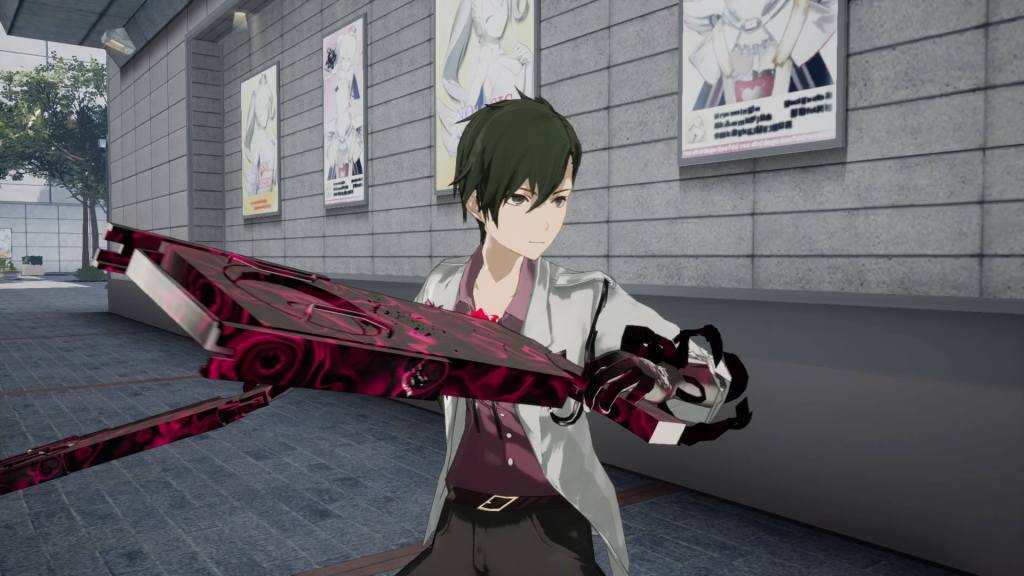Early on into my playthrough of The Caligula Effect: Overdose—the new PS4 remake of the Atlus published Vita game released in 2017— I approached a character to strike up a conversation. The character yelled at me, informing me that he hated being accosted. A tooltip popped up, telling me that certain characters would only warm up to me after I had ingratiated myself with a close friend of theirs. There was even a map in the menu where I could see how these relationships linked up.
Cool enough idea, I thought, but the map was incomprehensible; a seemingly endless web of character relationships, stretching out to display a staggering number of NPCs. I closed it almost instantly, hoping that as I got to know the characters that populated Overdose’s world, this constellation of friendships would begin to make sense. But, after talking to a half-dozen more characters, I quickly realized that the game had roughly three or four lines of dialogue that it had recycled endlessly, giving them new homes in the mouths of thousands of NPCs. There was no reason to study the map; these weren’t characters at all. Despite the aesthetic trappings designed to make them look like students in a Japanese high school, I quickly realized that these people were nothing more than cells in a near-endless spreadsheet.
And almost everything in this FuRyu-developed JRPG functions in basically the same way. The Caligula Effect: Overdose has many, many ideas and they’re almost universally as half-baked as the character bonding system. They’re also just as sprawling.
It’s All a Game
Overdose’s story begins where many stories end: it’s all a simulation. All the characters at Kishimai High School are trapped within a simulation called “Mobius.” This world is the passion project of μ and Aria, a pair of virtual popstars. Aria helps the player throughout the game, but μ leads a council of musicians—each a person who was deeply unhappy in the real world, but has found meaning in Mobius— who the player must defeat to escape the simulation.
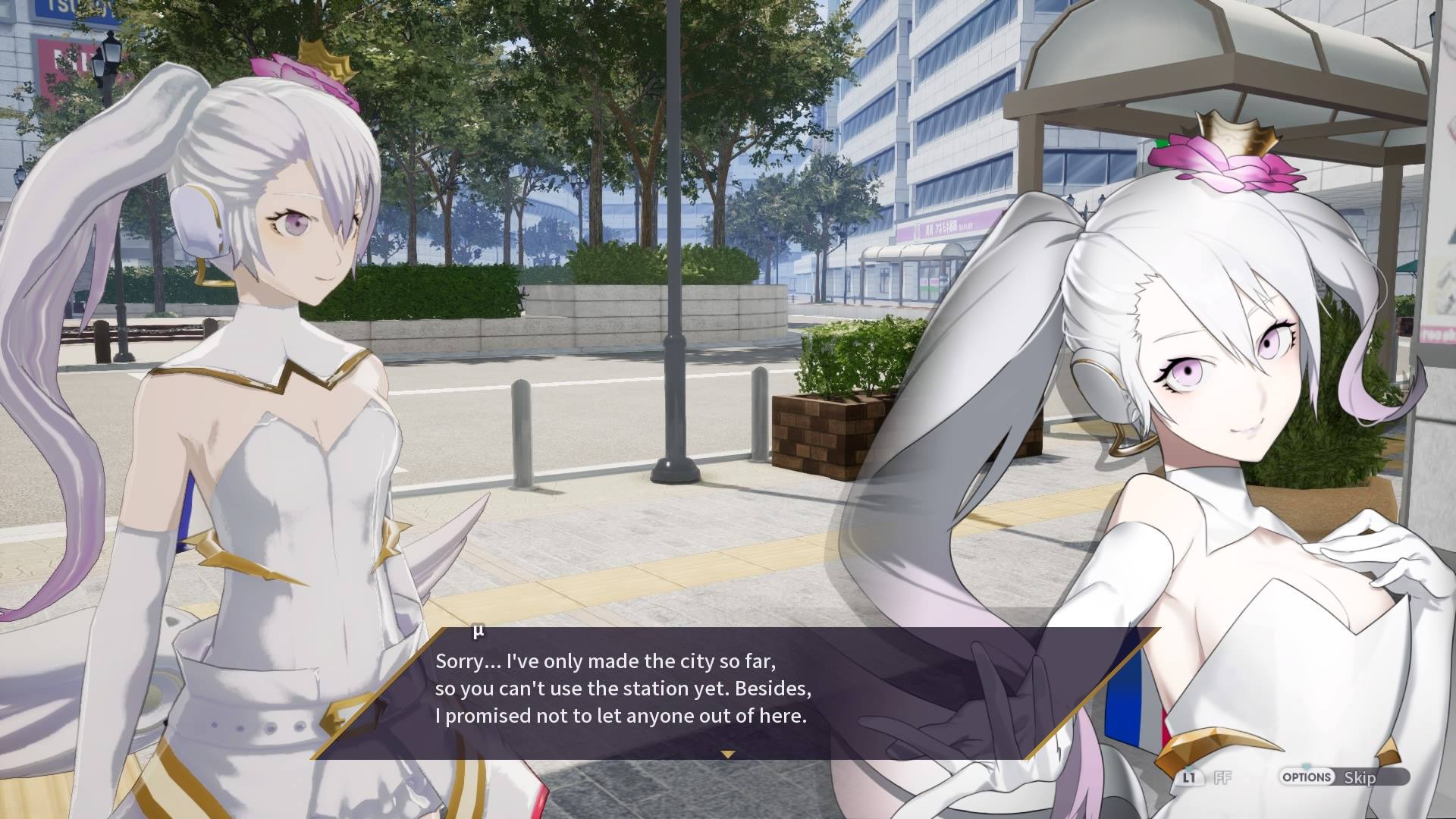
The combat system that you use in these fights, and in the many others you’ll grind out against the corrupted students who are hostile to the player’s attempts to escape Mobius, is much like the bonding system. The core loop is a fascinating take on standard turn-based combat that tasks the player with quickly charting out their party’s movements and actions in a small battle arena. Before each turn, you’ll select actions for your character, with the option to chain together as many as three. After each selection, you’ll be able to watch how the turn will play out if you stick with the selection. If it ends up with you taking a mess of damage from an opponent, you can back out and reconsider your options. I really love this system and had a great time with it for the first few hours of gameplay.
Unfortunately, The Caligula Effect: Overdose has as many random encounters as it has NPCs to talk to. As a result, it’s difficult to find a difficulty that feels right. On normal, I swept through every fight. Even boss battles took just a minute or two to win. With the difficulty cranked up a notch, battles require more strategic thinking. But, not that much more. So, instead of fighting through endless easy battles, you’ll find yourself fighting through endless slightly harder battles. As my deadline for this review loomed, I briefly considered knocking the difficulty down to easy just to speed things up a little. If there was an option to make the game play itself, I would have happily opted in.
A-Maze-Ing
Issues of pacing are compounded by the fact that getting lost is incredibly easy. Each area is composed of hundreds of rooms and hallways, and each looks exactly the same as the one before it. Once you’ve seen the opening room, you will likely never see anything in any subsequent rooms that helps you tell them apart. It’s all so forgettable that I was immensely grateful for the option to leave the map up at all times. I played through almost all of Overdose with the map overlaid on the screen.
My annoyance with these areas was exacerbated by the fact that the game’s structure is frustratingly repetitive. Each section finds The Go-Home Club heading off to a new area to find one of the musicians. Then, they’ll need to explore every inch of the location—while fighting off an endless batch of enemies—to advance.
I didn’t find much to enjoy in the story or characters, either. Midway through the game, the protagonist makes a major game-changing decision that actually doesn’t change the game much at all (likely because this is an additional storypath added in for the console release) and doesn’t make sense within the context of the story. The rest of the characters are boring at best and offensive at worst. They draw on familiar anime tropes and dole out nasty stereotypes. The game tries to dress this up in psychological language—one character rails against fat people because, in the real world, she too is overweight—but it just doesn’t land. The insults are too vitriolic; the commentary too subtle.
In the end, there isn’t much here that feels fully developed. While The Caligula Effect: Overdose has some interesting ideas, none of them really work. I suspect that after some time with The Go-Home Club, players will be longing to go home to the cozy comfort of a classic JRPG. Better to avoid this simulation from the start.
The Caligula Effect: Overdose review code provided by publisher. Version 1.0 reviewed on a base model PS4. For more information on scoring please see our Review Policy.
-
Interesting battle system
-
Half-baked systems
-
Forgettable characters
-
Exploration is difficult
-
Repetitive structure
The Caligula Effect: Overdose Review
-
The Caligula Effect 1
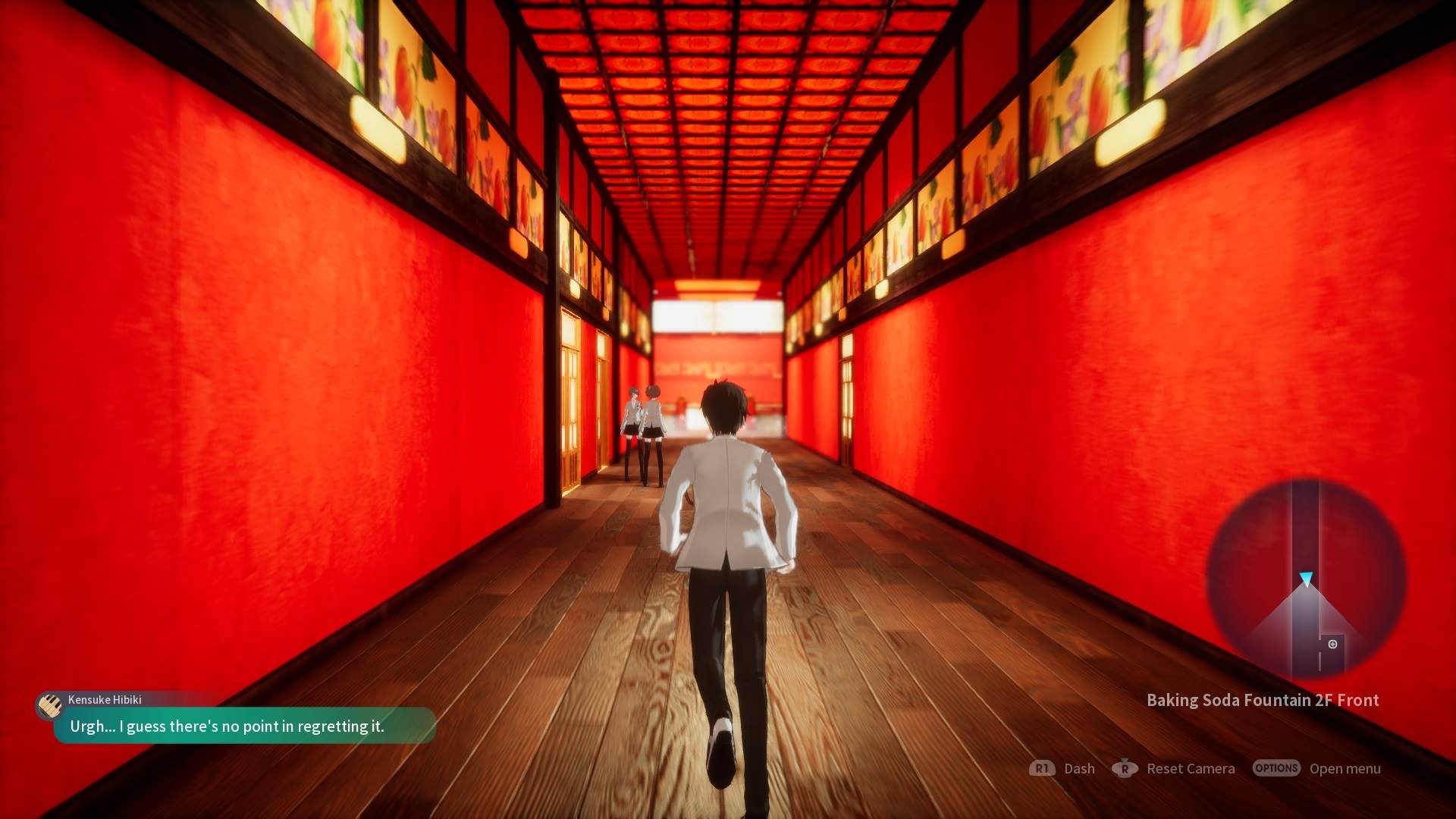
The Caligula Effect: Overdose: One very anime story line finds the player and crew heading to a hot spring.
-
The Caligula Effect 2

The battle system is the best part of The Caligula Effect: Overdose.
-
The Caligula Effect 3
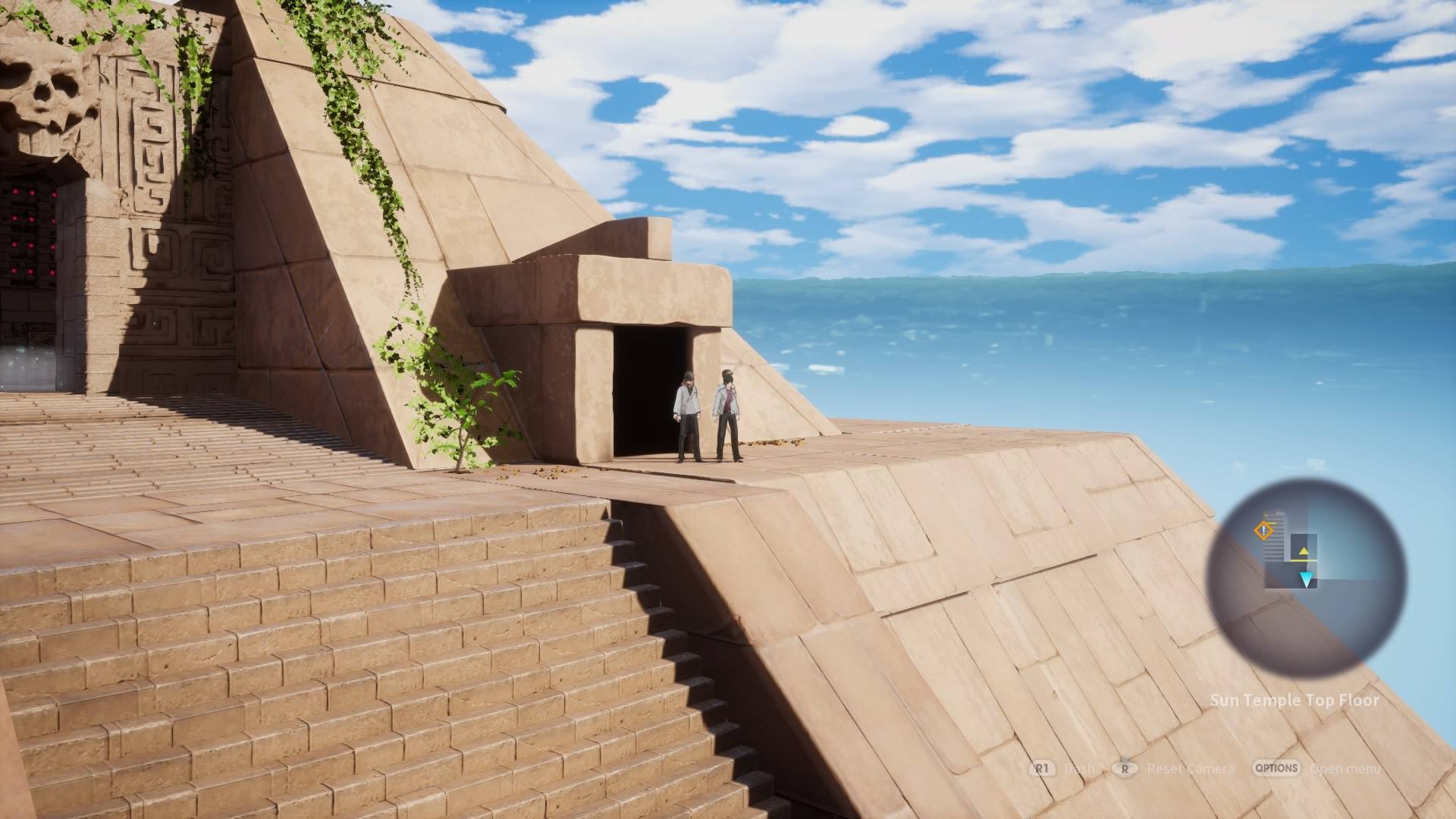
Some of the environments in The Caligula Effect: Overdose are striking.
-
The Caligula Effect 4
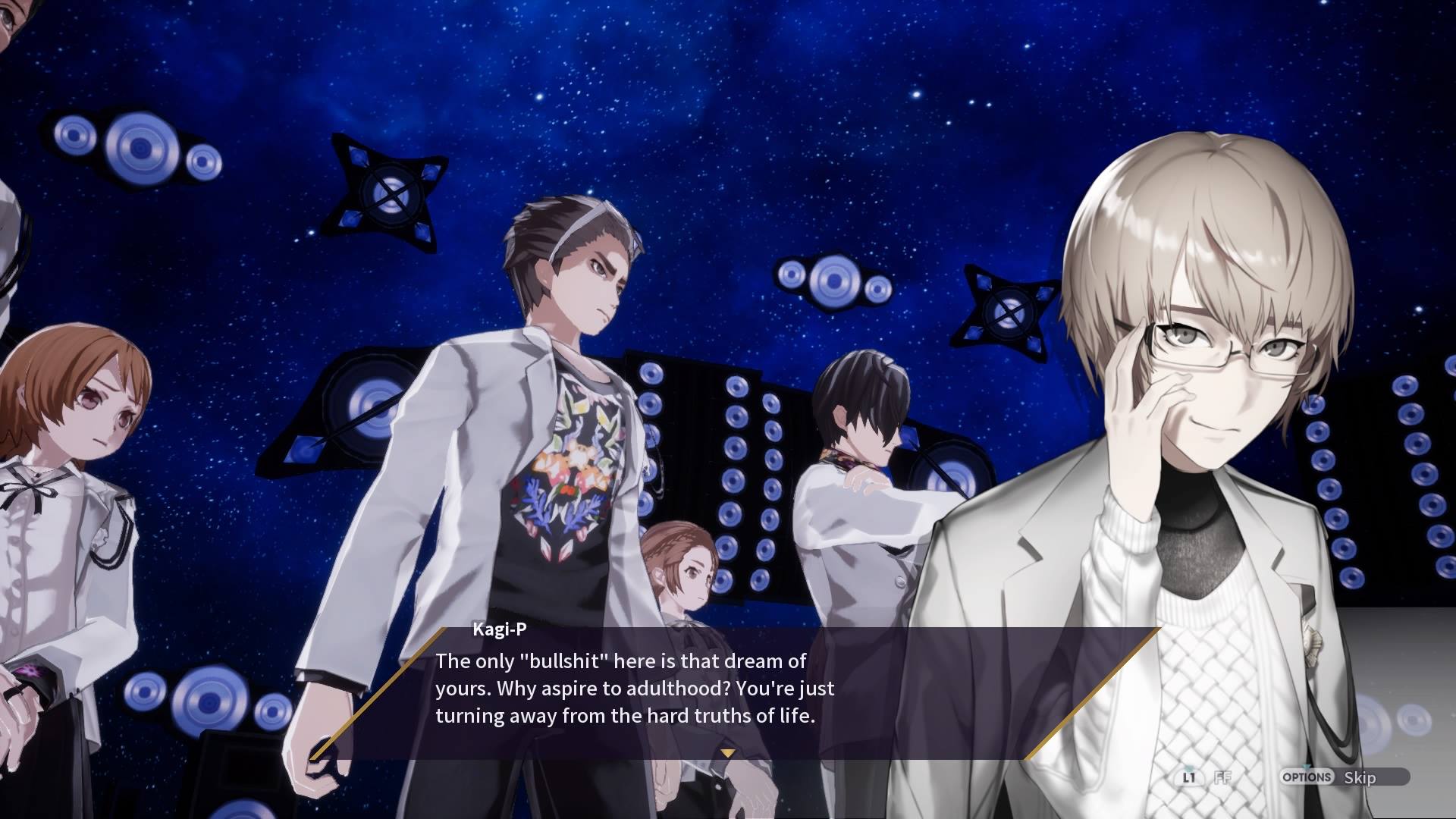
The Caligula Effect: Overdose: Kaji-P says, "Never grow up."
-
The Caligula Effect 5
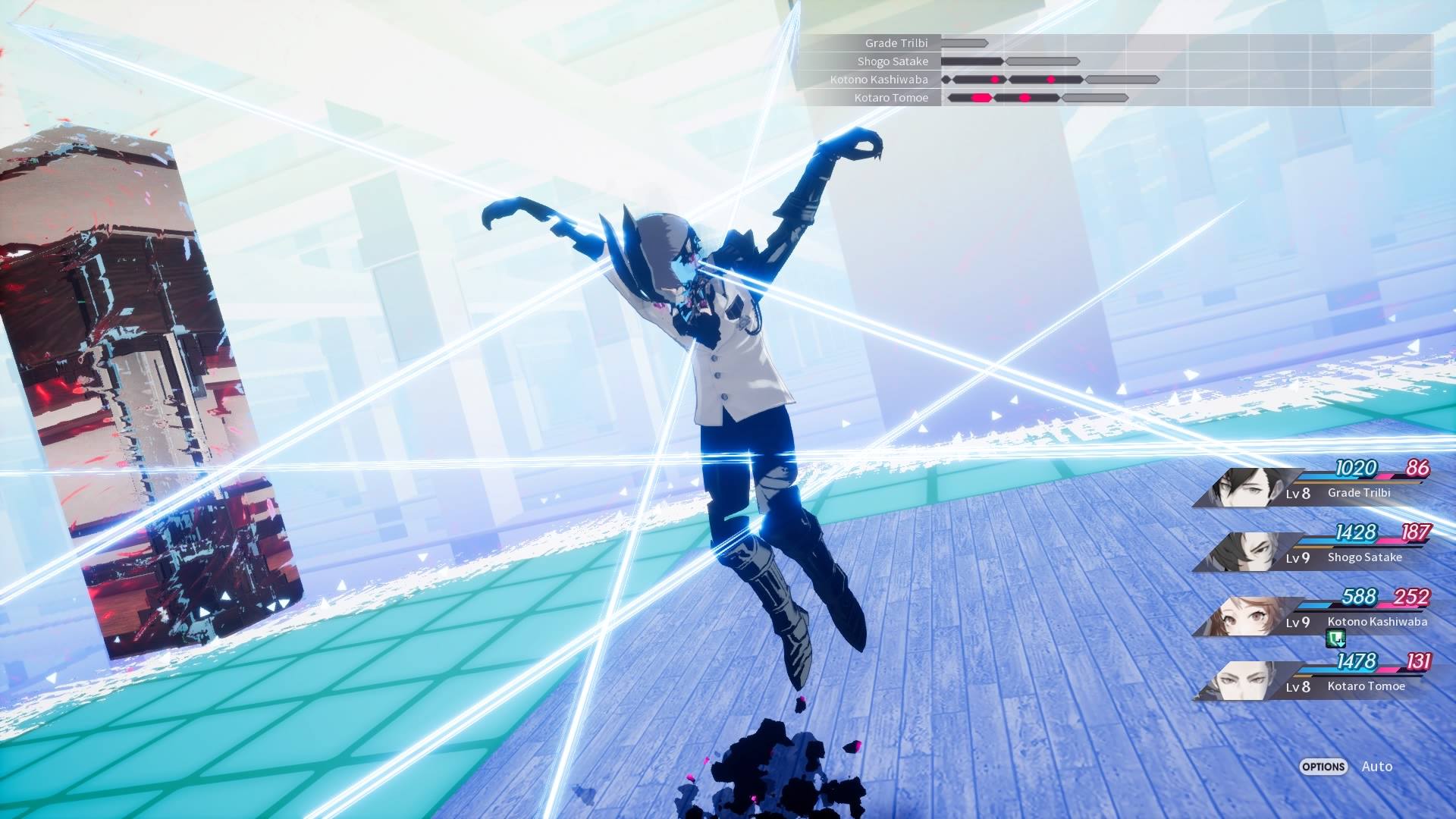
In The Caligula Effect: Overdose, each party member boasts a finishing move called a "Catharsis Effect."
-
The Caligula Effect 6
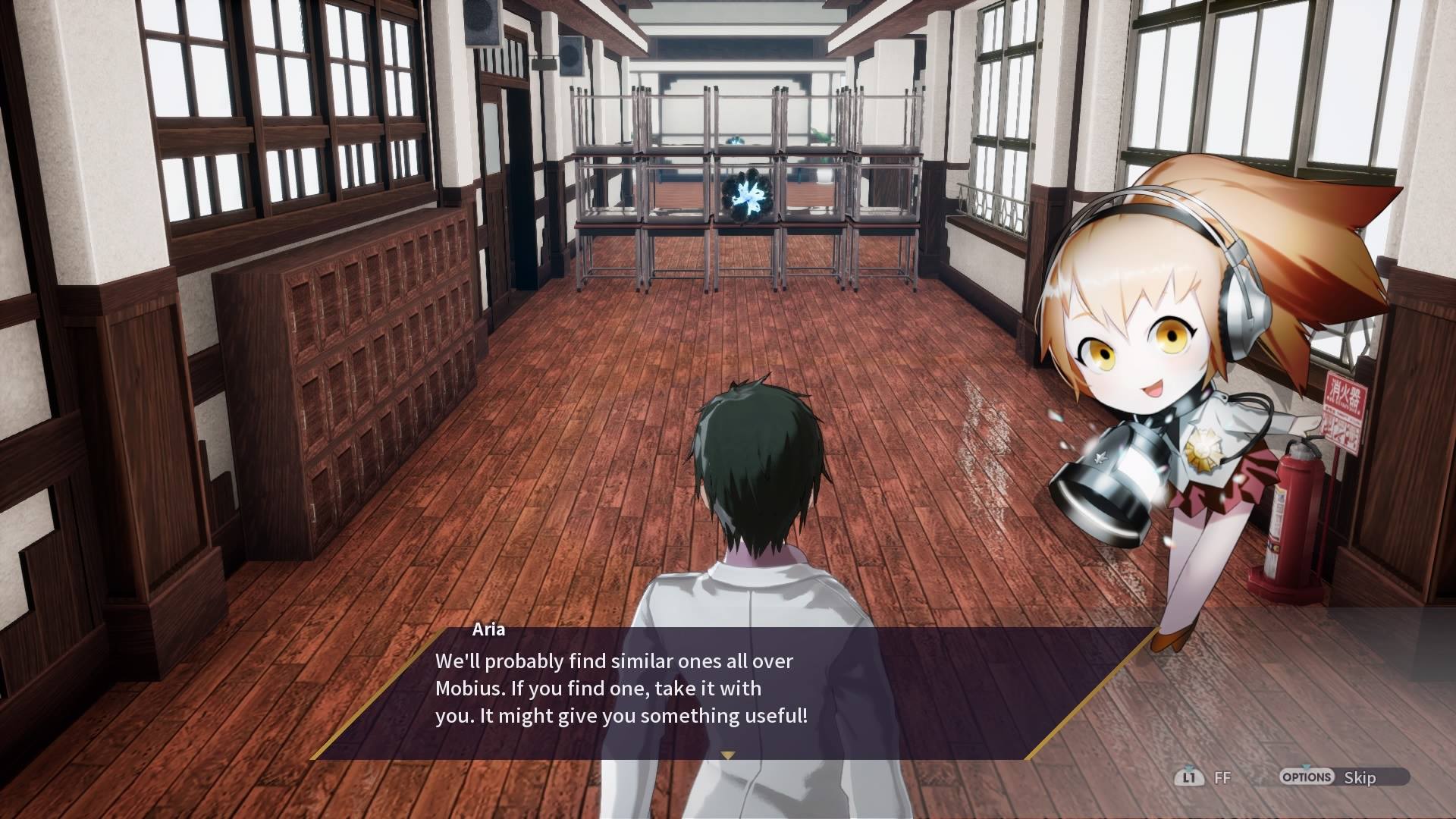
The Caligula Effect: Overdose: She may have helped make the simulation you're trapped in, but Aria is here to help.
